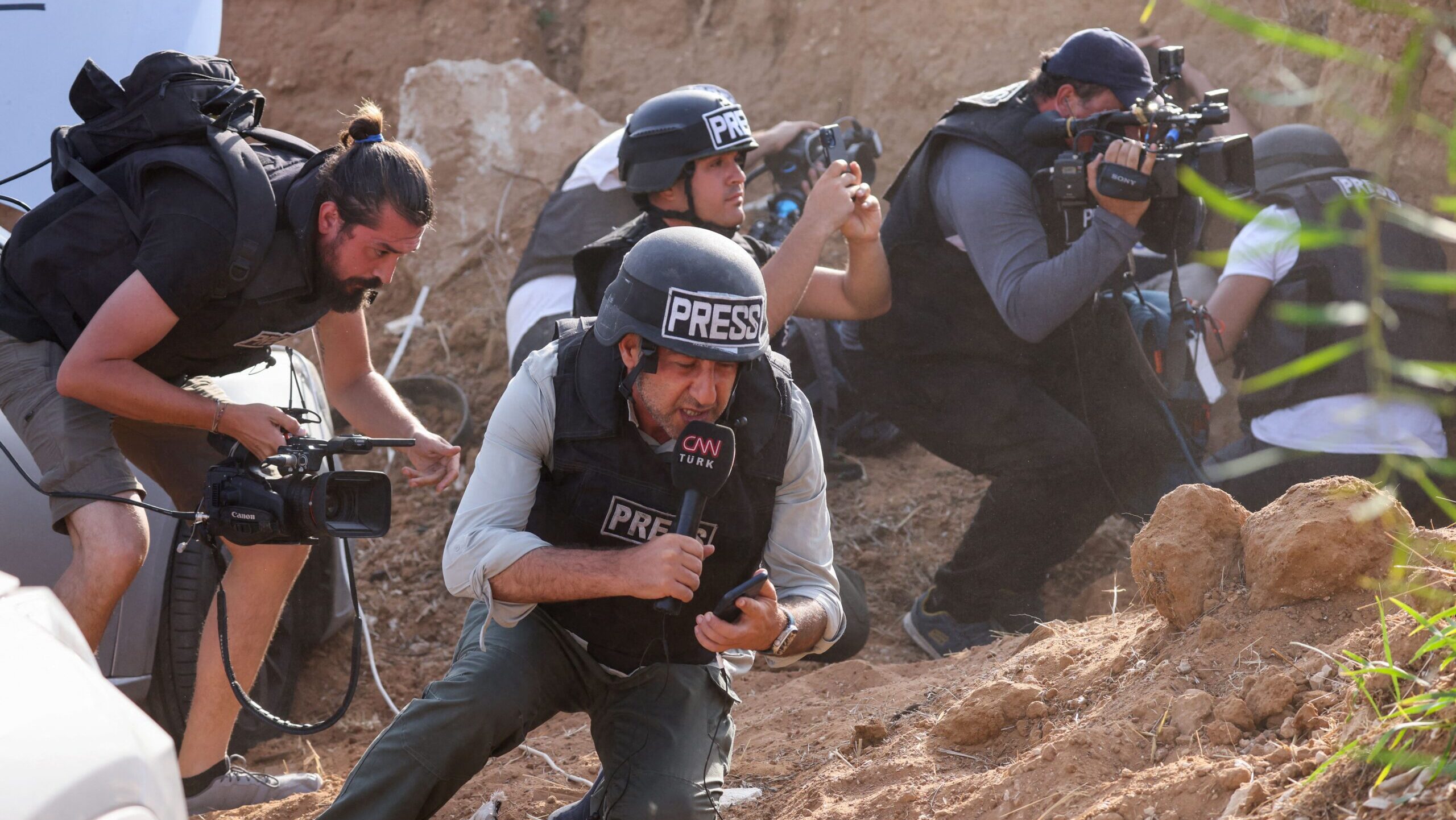Israel Needs To ‘Reframe’ Its Message as Its Narrative Is Almost Lost
Moshe Debby, Eylon Levy, and Asa Shapira warn of strategic collapse as Hamas leads an organized global PR campaign
Israel has invested heavily in defense capabilities across land, air, sea, and cyber. But a different battlefield—where perception determines legitimacy and visibility drives influence—has received comparatively little attention. The “eighth front,” the media war, has exposed many cracks. According to several communication experts, this has allowed adversaries such as Hamas and aligned organizations to shape global narratives with relative ease.
We’re now in a bottom-up model where false information is amplified by major news channels rather than filtered by them
“The influence of perception-shaping through disinformation goes back to ancient times,” says Moshe Debby, strategic consultant, expert in international affairs, and chairman of Debby Group. Speaking with The Media Line, he explains that social media platforms have overtaken traditional media in their ability to shape global public consciousness. “They’ve bypassed traditional media and reach the masses directly,” he says. “We’re now in a bottom-up model where false information is amplified by major news channels rather than filtered by them.”
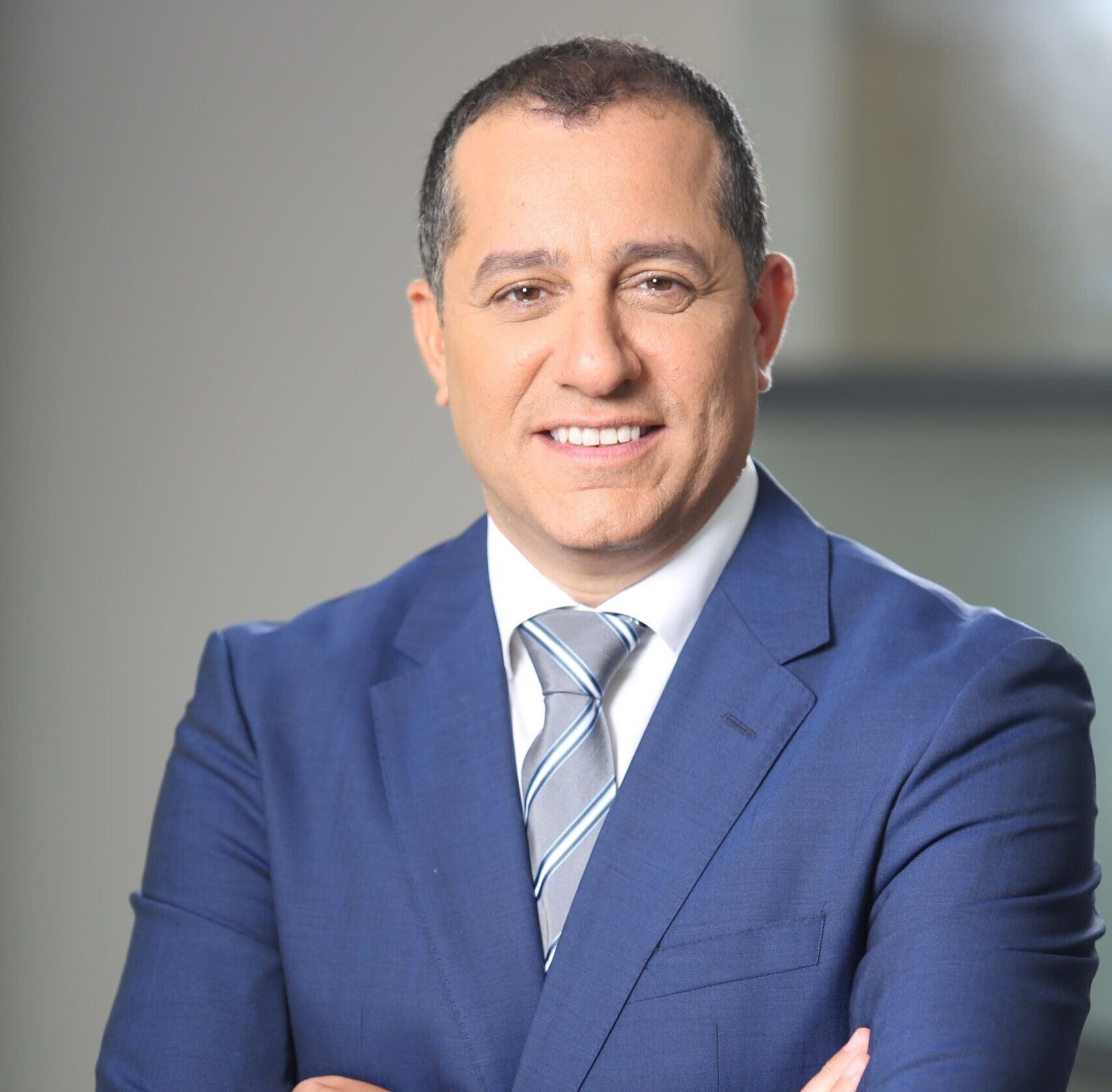
Moshe Debby, chairman of Debby Group (Courtesy)
As an example, Debby points to an image published by The New York Times, allegedly showing a starving child in Gaza. “In reality, the child was suffering from a severe genetic condition. The damage caused by the image was enormous, and the correction issued days later was meaningless.”
“We’re not too late—but we’re very close,” he warns. Debby describes how Israel is “losing this eighth front of the war” due to underinvestment in global narrative infrastructure. “Israel is not investing nearly enough,” he adds, “and the cost is global public opinion.”
Other countries, and even terrorist organizations, have built ecosystems around narrative warfare
Debby outlines how various nonstate actors have developed communication infrastructures designed to dominate digital platforms. “Other countries, and even terrorist organizations, have built ecosystems around narrative warfare,” he explains. “They master emotional storytelling. Israel still speaks in official statements.”
It created a reality where either it gets immunity by hiding behind civilians—or Israel gets blamed for every consequence
Former government spokesman Eylon Levy, who served during the early stages of the war, told The Media Line that Hamas deliberately designed its battlefield tactics to provoke international backlash against Israel’s military actions. “Hamas designed the battlefield for the international media battle,” he said. “It created a reality where either it gets immunity by hiding behind civilians, or Israel gets blamed for every consequence.”
“Hamas made it such that the cost of going after its military machine was for Israel to sacrifice its international image,” he added.
Give the gift of hope
We practice what we preach:
accurate, fearless journalism. But we can't do it alone.
- On the ground in Gaza, Syria, Israel, Egypt, Pakistan, and more
- Our program trained more than 100 journalists
- Calling out fake news and reporting real facts
- On the ground in Gaza
- Covering Israel, Syria, Lebanon
- More than 100 students
- Exposing fake news
Join us. Support The Media Line. Save democracy.
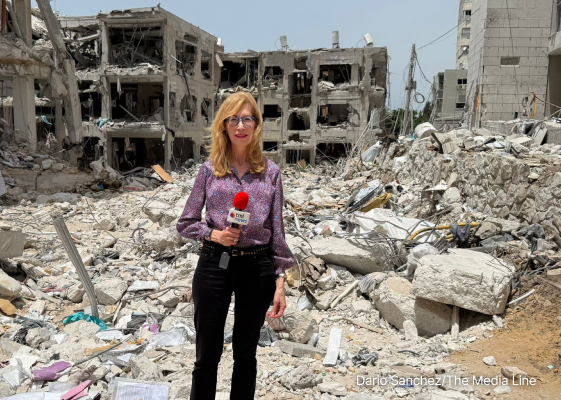
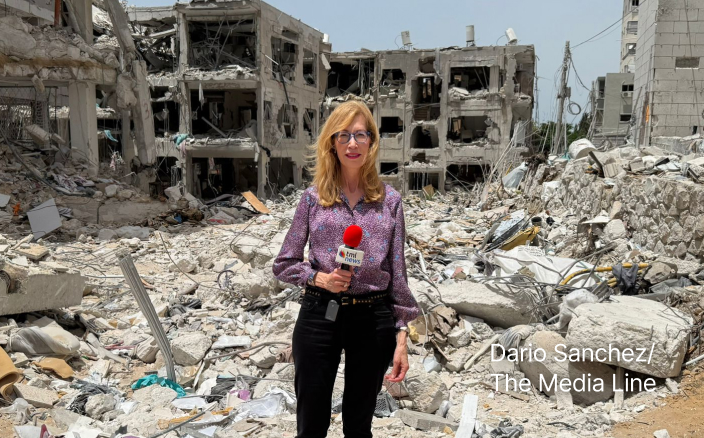
Analysts point to a range of international responses that have coincided with the spread of anti-Israel narratives online: rising support for South Africa’s genocide claim at the International Court of Justice; attempts to issue arrest warrants against Israeli officials; ongoing legal campaigns targeting IDF soldiers in Europe and Latin America; and recent announcements of recognition for a Palestinian state by several countries.
Several Jewish communities around the world have also reported a rise in antisemitic incidents, correlating with flare-ups in the Israel–Hamas conflict.
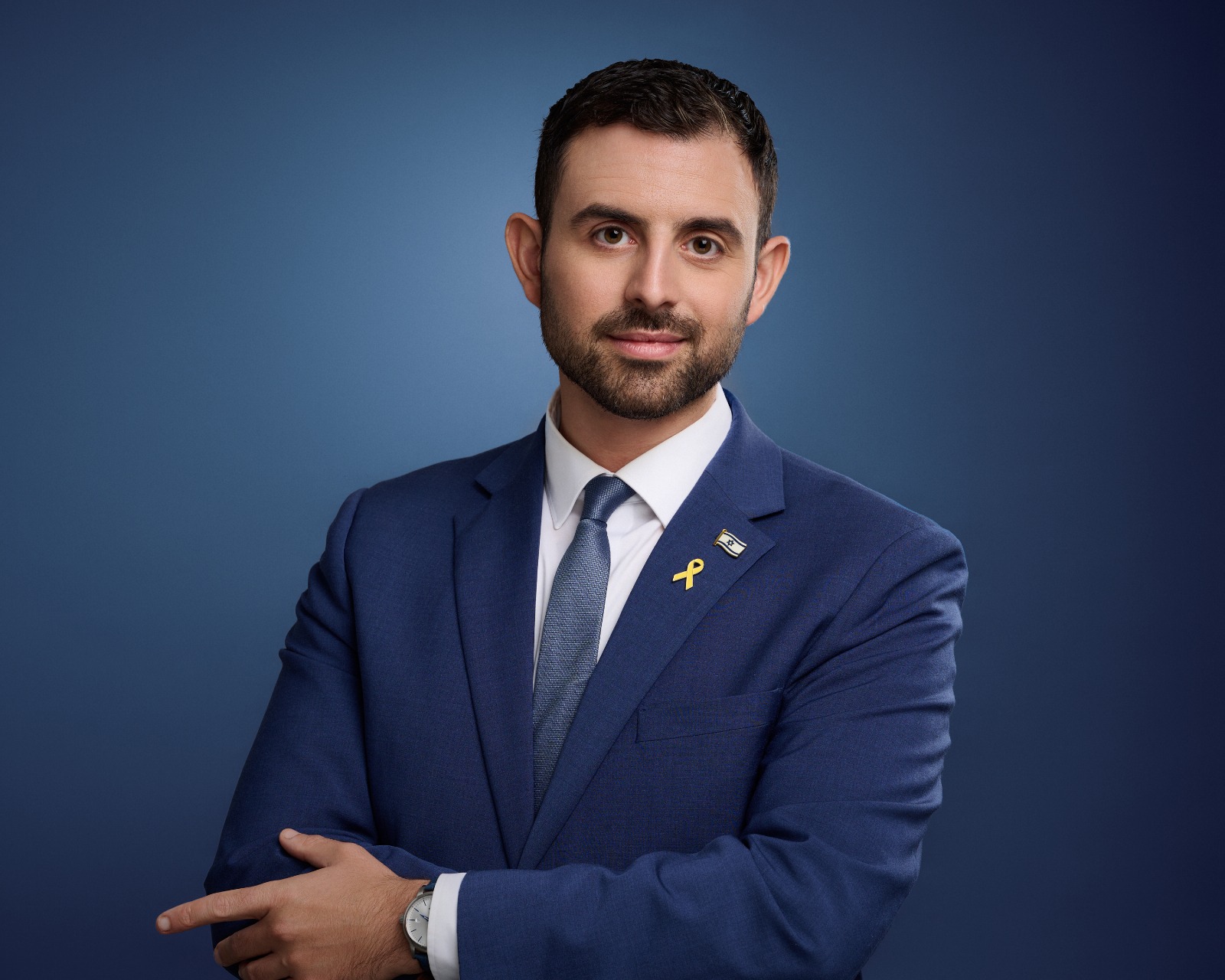
Former government spokesman Eylon Levy (Courtesy)
Levy suggests the imbalance in the information war extends well beyond Israel’s confrontation with Hamas and Islamic Jihad. “It’s Israel versus Hamas, Islamic Jihad, UNRWA, the Red Cross, the World Health Organization, Save the Children, Amnesty International, and pretty much every human rights organization on the planet,” he says.
“The hostages complicate the narrative for many journalists and activists who want the war to end by pressuring Israel,” Levy explains. “They understand that Israel cannot end the war while the hostages are still there. So their presence disrupts the dominant messaging frame.”
Hamas has released footage and imagery of Israeli hostages held in Gaza, including videos showing captives in visibly deteriorated physical condition. In several cases, families of the hostages have expressed concern or opposition to the public use of such material. These sensitivities, along with ethical considerations, have limited the integration of this content into Israel’s official messaging.
“The images of the hostages that Hamas posts are terrible, but they’re also an opportunity to assess and show what’s really going on,” says Debby.
The IDF shouldn’t be leading national communications—it’s a structural failure
Both Levy and Debby identify the absence of a centralized, professional communications framework as a significant obstacle. “There’s no central public diplomacy directorate,” Levy notes. “It hasn’t had a head in over a year.” He argues that messaging has defaulted to the military, which is not structurally suited to lead national communications. “The IDF shouldn’t be leading national communications—it’s a structural failure.”
Levy also highlights contradictions between domestic and international messaging. “Netanyahu will put out a statement in English saying we’re letting large amounts of aid into Gaza, and then a statement in Hebrew saying we’re letting minimal aid,” he says. “You can’t reconcile the two.”
Israeli officials and spokespeople have at times described such contradictions as attempts to balance transparency with strategic ambiguity. Critics, however, have warned that such mixed messaging may erode international credibility.
In the early 2010s, Israel launched a branding campaign focused on innovation, creativity and entrepreneurship—sometimes referred to as the “Creative Energy” strategy. According to Asa Shapira, head of the marketing and advertising track at Tel Aviv University, that approach resonated during Israel’s high-tech boom but has since lost relevance.
“That message served us during the high-tech wave,” Shapira said in an interview with The Media Line. “But branding is only one layer of perception. If people see images of starvation and war every day on the news, no slogan can change that.”
We must build a strategy that acknowledges what people are seeing on screen. And we need to reframe it in a way that supports Israel’s image—without being tone-deaf or propagandistic.
Shapira suggests that reframing—not ignoring—what audiences are already seeing is essential. “We must build a strategy that acknowledges what people are seeing on screen,” he explains. “And we need to reframe it in a way that supports Israel’s image—without being tone-deaf or propagandistic.”
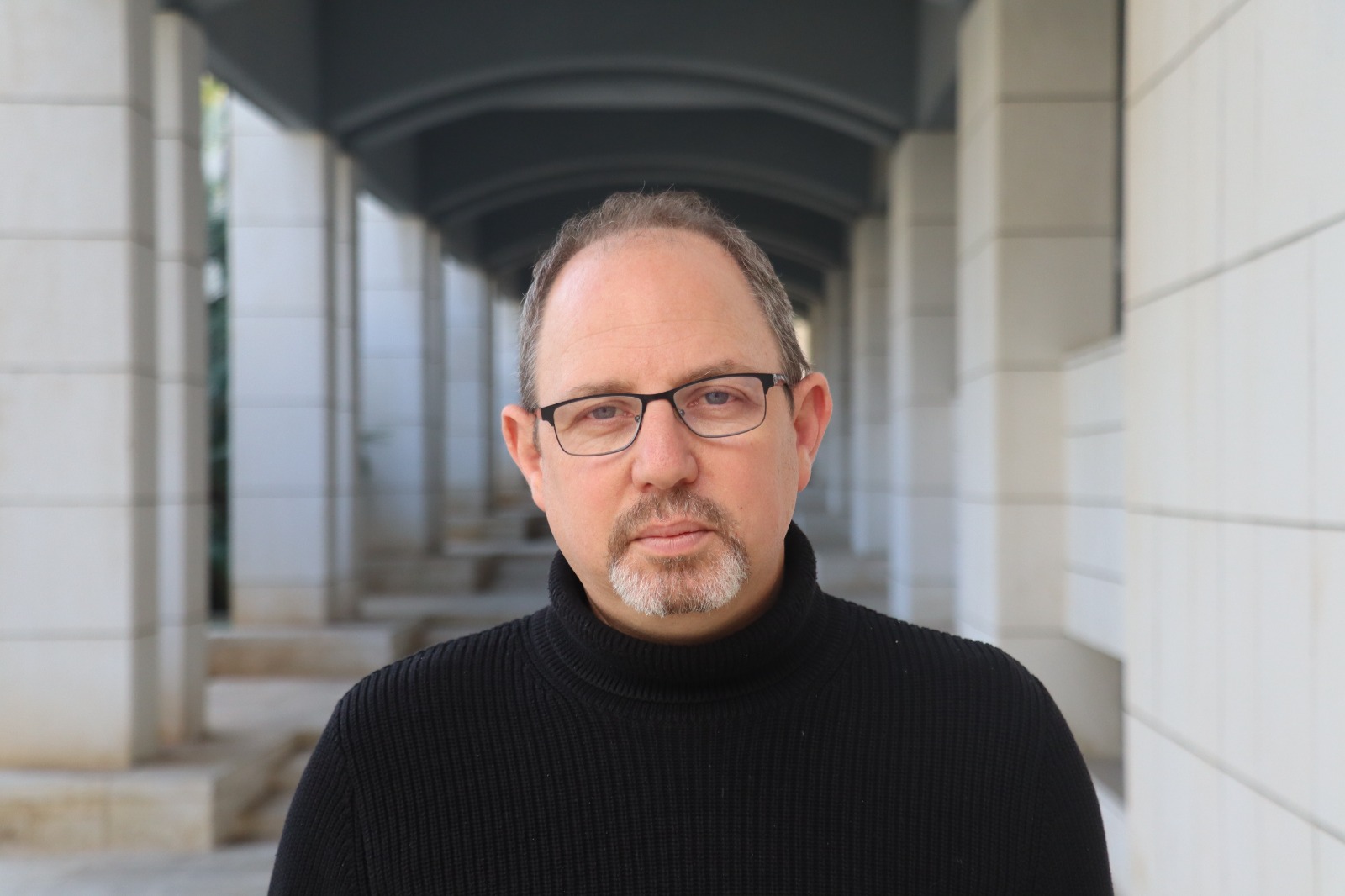
Asa Shapira, head of the marketing and advertising track at Tel Aviv University (Courtesy)
He also identifies a dilemma: whether Israel should present itself primarily as the West’s front line against radical jihad, or as a democratic, prosperous society attractive to investors and tourists. “That may help strategically,” he notes, “but it doesn’t necessarily attract investors or tourists.”
In the meantime, communications infrastructures built by Hamas and affiliated movements continue to operate across social platforms. “Jihadi movements have built a system for creating social media tactics that allow them to reach the public,” says Debby. “Israel is working—but it’s not enough.”
We need a fleet of trained professional full-time spokespeople. Multilingual, working in shifts, waking up each day to do interviews, claim airtime, squash disinformation, and generate headlines.
Levy proposes that Israel establish a comprehensive crisis communication center with multilingual spokespersons, real-time monitoring, and proactive media engagement. “We need a fleet of trained professional full-time spokespeople,” he says. “Multilingual, working in shifts, waking up each day to do interviews, claim airtime, squash disinformation, and generate headlines.”
Some observers have cited the influence of platforms like Al Jazeera in shaping perceptions about the conflict. “Al Jazeera has control of the narrative,” Debby says. “Israel doesn’t. That’s the difference.”
Israel’s image is not going to improve as long as this war is still going on
Efforts to improve Israel’s international image are ongoing but face limitations in the context of active warfare. “Israel’s image is not going to improve as long as this war is still going on,” Levy acknowledges. “Rehabilitating our international standing is a task that can only begin when the war is over.”
Others, including Debby, argue that delaying a coordinated effort could come at a high cost. “Israel needs to establish a dedicated communications infrastructure,” he says, “operating in all major languages and with sufficient funding to shape the narrative at scale before the window of opportunity closes.”
While public diplomacy often trails behind military priorities in wartime, analysts say its long-term impact can be decisive. In the digital arena, where emotion often travels faster than verification, the ability to tell a compelling story may prove as consequential as battlefield outcomes.
